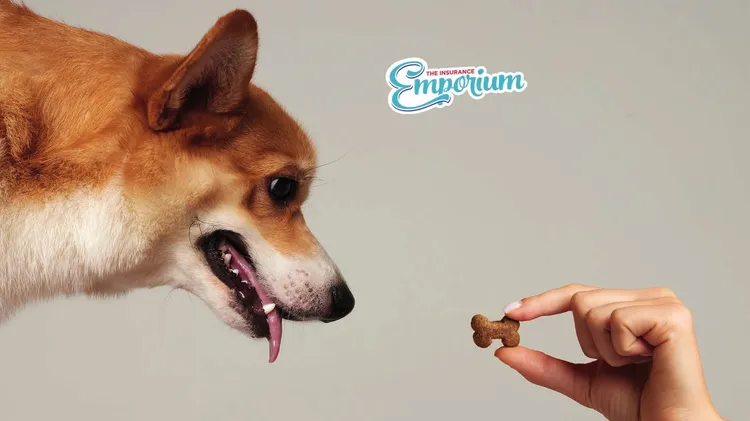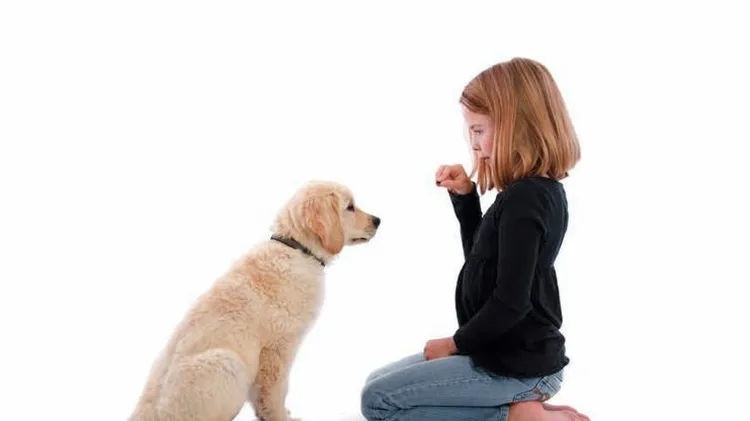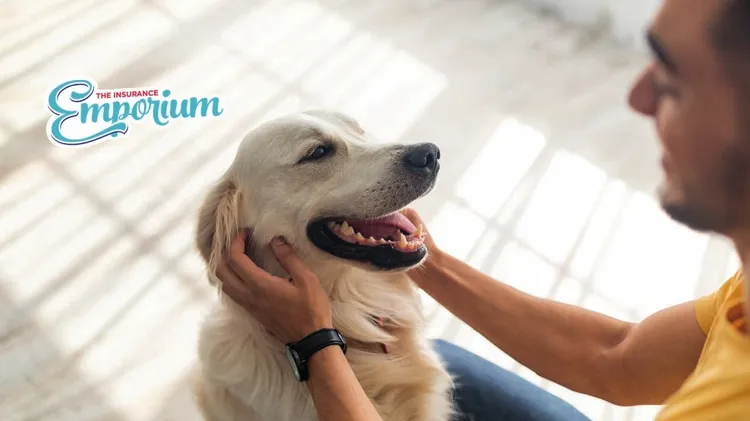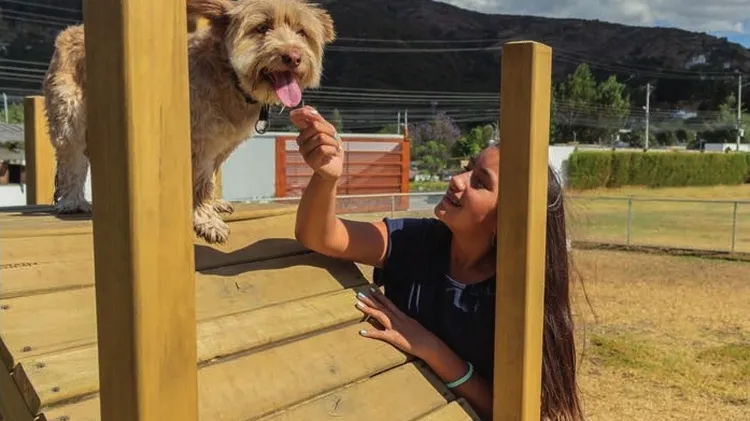Trainer and behaviourist Jackie Drakeford has some us
10 ways to get your dog to listen to you
6 min read
This article is from...
Read this article and 8000+ more magazines and newspapers on Readly






